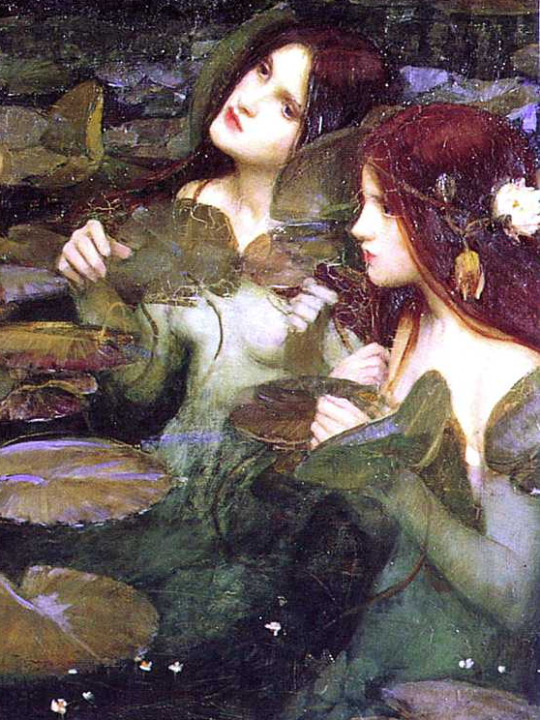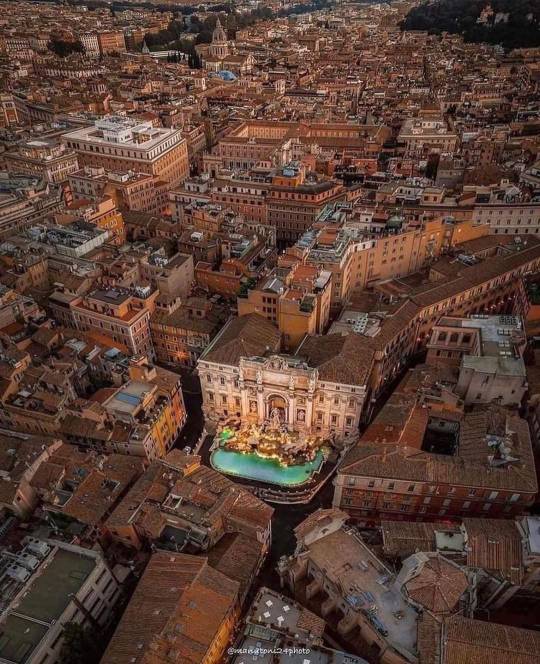Photo


John William Waterhouse. 1896. Hylas and the Nymphs details.
14K notes
·
View notes
Photo

Die Reise nach Lyon (Claudia von Alemann, 1981)
362 notes
·
View notes
Video
“My sister’s Aussie tries very hard to stay awake in the car”
(Source)
9K notes
·
View notes
Text
“I’ve decided to make myself strong. As far as I can tell, that’s all I can do.”
— Haruki Murakami
1K notes
·
View notes
Text

The six most illustrious coronas (crowns) that a Roman soldier could attain.
1: The Corona Civica, perhaps the most revered was for a Roman who saved a fellow citizen's life or a soldier directly saving another soldiers life (this had to be witnessed) it was made of oak leaves and the person was allowed to wear it for life and himself, father and grandfather were immediately freed from any financial burdens and no longer subject to taxation.
2: Corona obsidonalis (grass crown) for directly saving a garrison or besieged army encampment.
3: Corona Muralis was the prized crown made of solid gold and was awarded to the first man over the battlements of an enemy's town that was under siege, leading to Roman forces complete victory. This was personally awarded by the Consul, Legatus or highest ranking commander at the siege.
4: Corona Navalis a metal crown for the the first naval soldier to board the enemy's vessel.
5: Corona Radiata - depicted on coins to Emperors who had been deified. Some even did this while still alive, such as Caligula, Trajan and Marcus Aurelius. Statues of gods are often depicted wearing the Radiata.
6: Corona Vallaris (aka Castrensis) also for the first man over the wall of a besieged town but the Corona Muralis had actual architectural battlements built onto the crown. It appeared to carry more significance as exhibited by the fanciful construction.
Julius Caesar won the Corona Civica in 79 BC and is said to have worn it, or reconstructions of it whenever possible to remind the mob of his connection to them.
Image: Wikimedia CC-BY-SA-1.0
195 notes
·
View notes
Text

An imposing partial marble column from the Temple of Artemis, Sardis on display at the Met, NY.
162 notes
·
View notes




